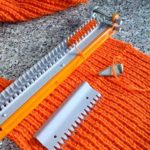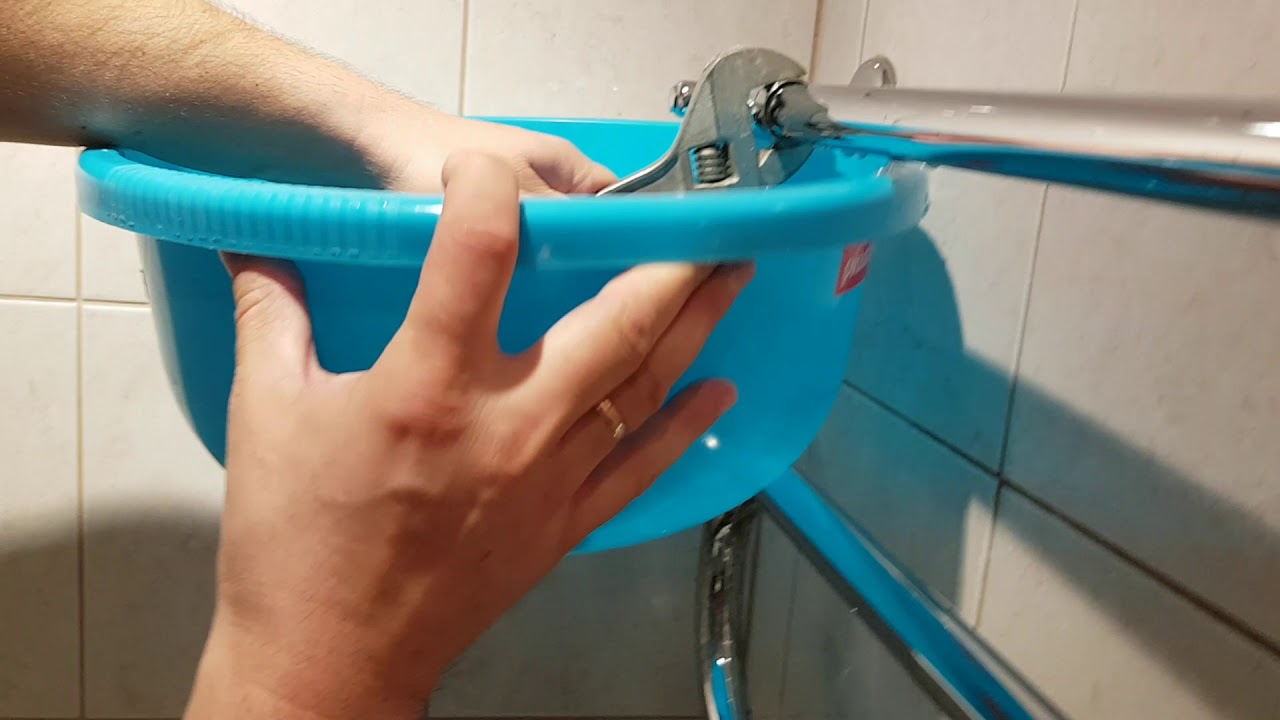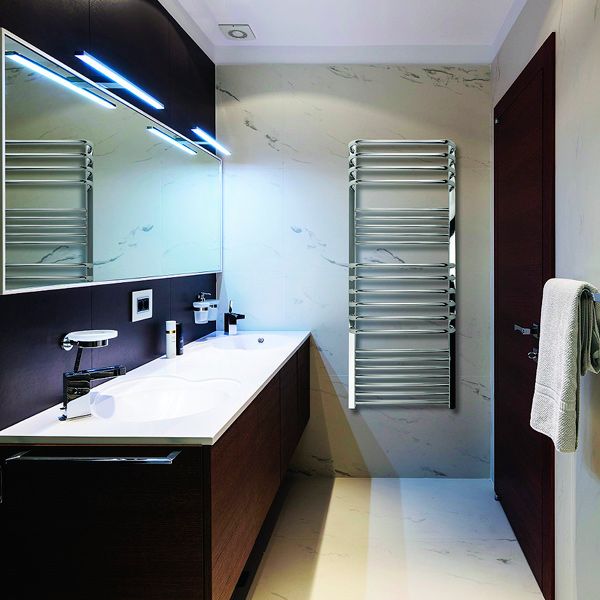DIY heated towel rail
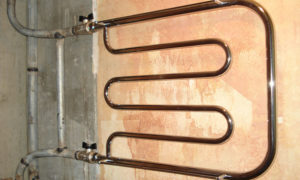 A heated towel rail installed in the bathroom, in addition to helping to dry towels and small items, also plays the role of a heating radiator. In practice, two types of these devices are used - water and electric.
A heated towel rail installed in the bathroom, in addition to helping to dry towels and small items, also plays the role of a heating radiator. In practice, two types of these devices are used - water and electric.
The content of the article
Making a heated towel rail yourself
 This device can be easily bought in a specialized store; you need to be prepared to spend several thousand rubles. But there is another option: to make it yourself, especially since this device is not very complex.
This device can be easily bought in a specialized store; you need to be prepared to spend several thousand rubles. But there is another option: to make it yourself, especially since this device is not very complex.
On the market you can find three models of devices that are used for drying towels:
- water;
- electrical;
- combined.
Each of these types has its own advantages and disadvantages. For the manufacture of these devices, pipes made of steel, copper, and polypropylene are used. Manufacturers mass-produce products of different shapes and diameters.
Required Tools
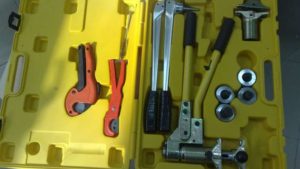 To make a water heated towel rail, it is necessary to carry out certain preparatory work. That is, take measurements of pipe diameters and the distance between heating pipes. To complete the work, you will need the following tools:
To make a water heated towel rail, it is necessary to carry out certain preparatory work. That is, take measurements of pipe diameters and the distance between heating pipes. To complete the work, you will need the following tools:
- welding machine, preferably an inverter and electrodes;
- angle grinder;
- circles for cutting metal and cleaning welds;
- roulette;
- marker.
We select the necessary materials
To create a heated towel rail from a pipe you will need:
- pipe with dia. 32x2 mm and 3 meters long;
- rotary bends 32x2 - six pieces;
- American assembled 2 pieces;
- fastener for fastening.
Deciding on the size and shape
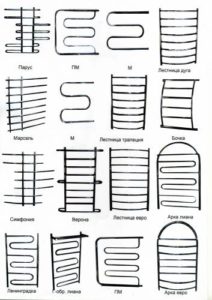 There are two versions of the heated towel rail - one-piece and prefabricated. To obtain a solid structure, you will need to use a pipe bending machine that forms the bends of the dryer. To make a pipe you will need a pipe and corner bends.
There are two versions of the heated towel rail - one-piece and prefabricated. To obtain a solid structure, you will need to use a pipe bending machine that forms the bends of the dryer. To make a pipe you will need a pipe and corner bends.
Important!
When making a heated towel rail, you must remember that heating one meter of bathroom area will require 155 watts of thermal energy.
How to make a heated towel rail with your own hands
We offer to manufacture both electric and water heated towel rails. They can be used in different rooms of the apartment. We present detailed instructions for performing the work.
Making an electric heated towel rail with your own hands
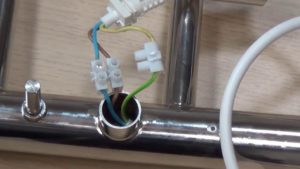 To create an electrical device, you need to buy a ready-made water dryer. In addition, you will need a heating element with a power of 110 V and an external thread of 1⁄2 inches. You will also need plugs, Mayevsky tap and insulating materials.
To create an electrical device, you need to buy a ready-made water dryer. In addition, you will need a heating element with a power of 110 V and an external thread of 1⁄2 inches. You will also need plugs, Mayevsky tap and insulating materials.
Work order
The procedure for creating an electric dryer is as follows:
- The plugs are unscrewed from the heating supply racks.
- A heating element is attached to the lower hole. Using a watering can, pour working fluid into the dryer and install the Mayevsky tap.
- After assembly is complete, you can plug the device into a power outlet.
This way the heating will be checked and the presence of leaks will be visible.If everything is in order, then you can begin installing the finished device on the wall.
Making a water heated towel rail with your own hands
The assembly sequence for a water heated towel rail looks like this:
- Based on the geometric data of the bathroom and special calculation tables, you can calculate the geometry of the dryer and, based on the calculations performed, you can estimate a design sketch.
- The resulting sketch will allow you to cut the pipe into the required number of sections from which the structure will be assembled.
- By connecting the segments and corner bends, the result will be a snake-like structure.
- Pipe sections and bends are connected by welding.
 To make seams, it makes sense to use semi-automatic welding. The use of such a device can ensure the required quality of the welded joint.
To make seams, it makes sense to use semi-automatic welding. The use of such a device can ensure the required quality of the welded joint.
Is it worth making a heated towel rail with your own hands?
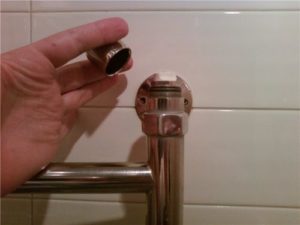 In general, making a heated towel rail with your own hands is not that difficult; the only thing the master needs is to have certain skills in welding and plumbing. Undoubtedly, the appearance of such a product will most likely be inferior to that produced in a factory, but the resulting savings cannot be discounted.
In general, making a heated towel rail with your own hands is not that difficult; the only thing the master needs is to have certain skills in welding and plumbing. Undoubtedly, the appearance of such a product will most likely be inferior to that produced in a factory, but the resulting savings cannot be discounted.


